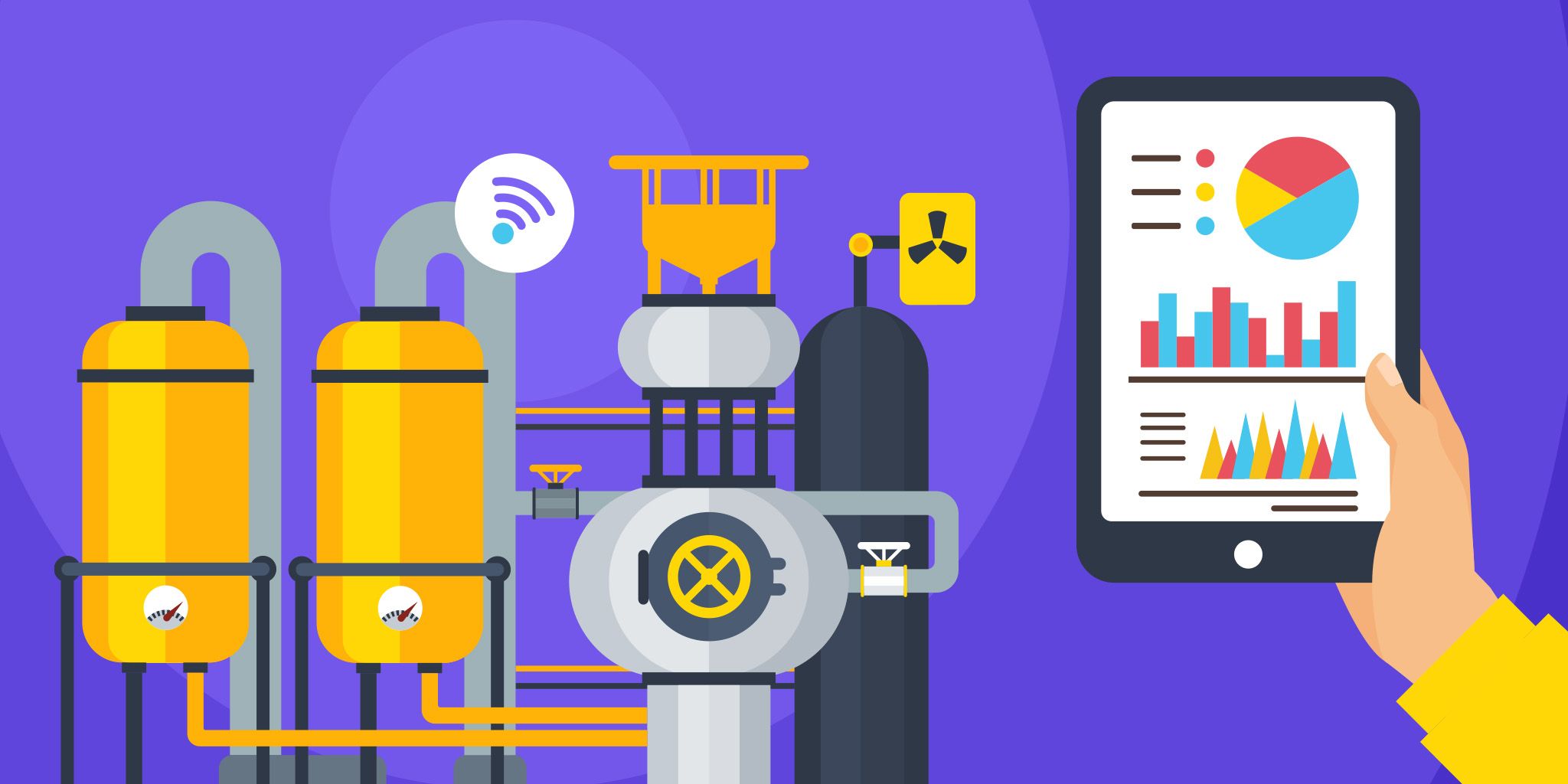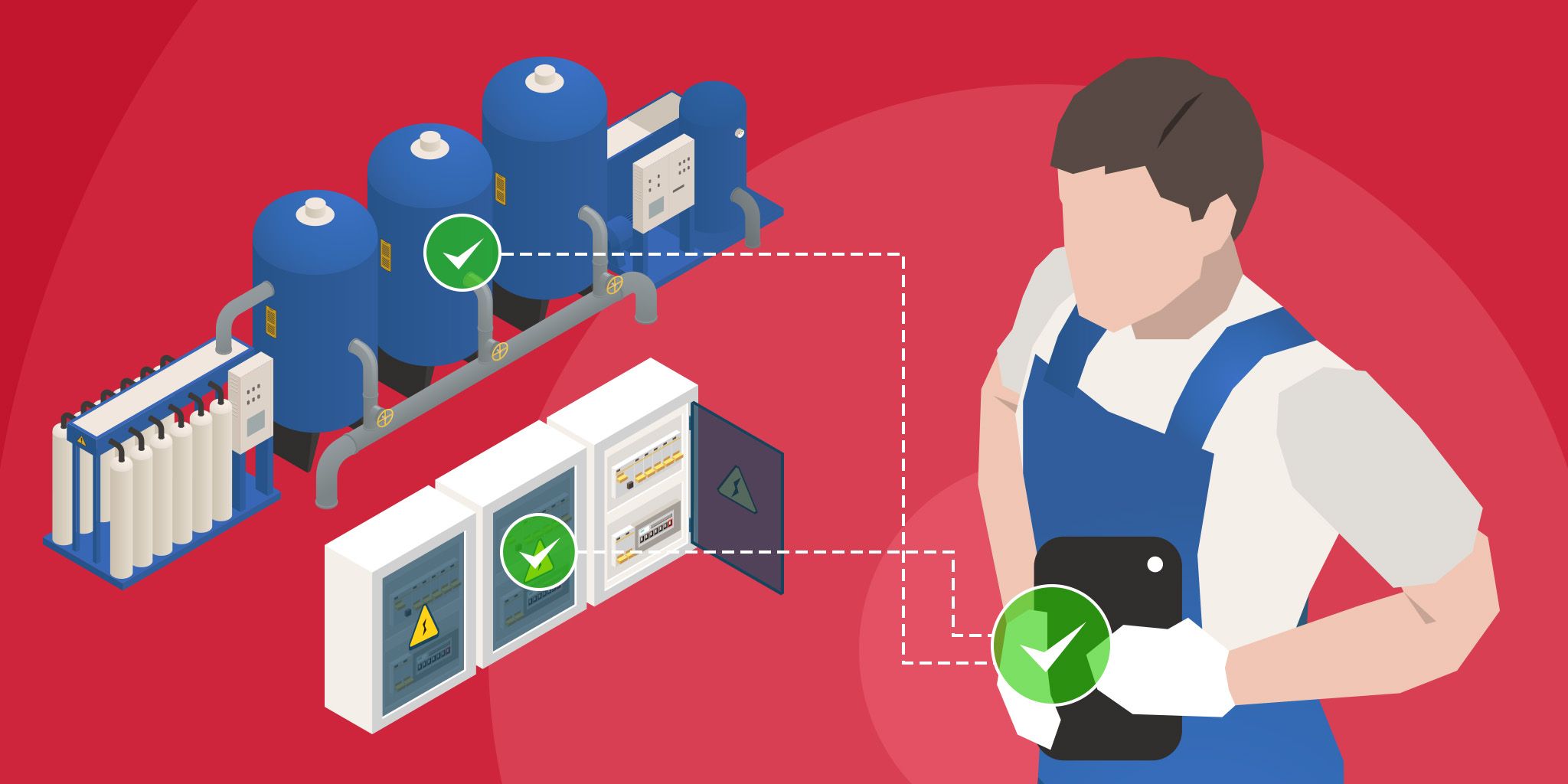The Challenges And Opportunities Of IoT Edge Computing For The Energy Sector
The Challenges And Opportunities Of IoT Edge Computing For The Energy Sector
- Last Updated: December 2, 2024
Barbara
- Last Updated: December 2, 2024



The growth of IoT devices has multiplied by millions the amount of data that enterprises can and must process in their digitization process. To make this processing more efficient, a new computing model has emerged very strongly: Edge Computing, which complements the processing of centralized Cloud infrastructures with Machine Learning and Artificial Intelligence algorithms being processed at the edge, i.e., at the node from where data has originated and is closer to users or devices.
Edge Computing can transform the energy industry through its ability to process large amounts of information in real-time and ultimately improve the safety and efficiency of operations.
Data computing at the Edge can be executed on powerful servers on mobile network equipment or smaller, more distributed nodes across plants. In any case, it opens significant opportunities for new revenue generations as well as for cost optimization. All of this is based on three fundamental pillars:
1) Greater scalability: by distributing storage and processing along with many locations, the investment needed for infrastructure and capacities for a higher traffic volume or better algorithms is more controlled
2) Greater data security and sovereignty: by not leaving its original location, the risks for illegal access or theft are reduced dramatically
3) More data processing and lower responses latency: The frequencies analysis allows working with thousands of data almost instantaneously. For the research and answers, the time needed is about milliseconds. This means near real-time use cases, something that is unthinkable in Cloud Environments more oriented to the offline analysis of batch information
IDG´s report Edge Computing Solutions Powering the Fourth Industrial Revolution validates the importance of these three pillars. In a survey amongst 802 industry leaders that deployed edge computing, 30 percent answered their primary motivation to be bandwidth costs, 27 percent data protection, and 19% latency constraints. Twelve percent of companies surveyed came from the energy sector.
The Advantages of IoT Edge Computing in the Energy Sector
Power generation itself is being decentralized: from a traditional linear structure, where energy traveled from large generation plants to the world, to modern distribution networks that consider a more decentralized and more distributed model with the incorporation of renewable energy sources, prosumers that generate their consumption, and new elements that allow storage on a larger scale.
All this implies exponential growth in the complexity of network operation and maintenance and supply and demand forecasting. Different devices are being installed to have visibility of these complex structures, from simple IoT sensors or Smart Meters to communication interfaces in generation or transmission equipment that allow data to be extracted through standardized protocols.
IoT Edge Computing is particularly relevant in:
- Oil and gas distribution infrastructures: where one day of downtime due to a failure can cost more than $20 million, and the average is five times in a year for large operators. The IoT Edge makes it possible to analyze the data in real time to avoid problems in advance, or else to identify their causes, much faster. All this with a high level of security to avoid problems such as the one that occurred at Colonial Pipeline a few months ago.
- Electrical Substations: especially in medium to low voltage, which are counted by tens of thousands in large operators. The central element of this revolution is the Smart Transformer, which in addition to being «connected», enables real-time dynamic regulation of power supply to the different lines on which now hang new elements such as electrical chargers or batteries. The IoT Edge provides these adjustments in real time thus, preventing failures and avoiding unnecessary displacements as well as generating new services that can increase the ROI of the entire value chain.
- Consumption points: 2020 was an unprecedented year for energy self-consumption. In Spain alone, 596 megawatts were installed, 30% more than in 2019, of which more than half were installed in industrial companies. However, few were the users who made the most of these installations. Through IoT edge computing, and accompanied by sensors that can measure production or storage conditions, or smart actuators (relays) that can control consumption, energy savings can be raised by double-digit figures.
What Are the Main Challenges of IoT Edge Computing for the Energy Sector?
The IoT Edge is driven by solid investment by technology manufacturers in cutting-edge solutions that feature smaller, lower-powered, and lower-priced microcomputers that can function as IoT Edge computing nodes at scale. Likewise, operating systems and software are being created to enable these nodes to execute algorithms in a cyber-secure manner, typically packaged in virtualized software containers such as Docker.
However, the adoption of these technologies is not without its challenges for industrial energy companies:
First, Training Employees.
The introduction of these new technologies in a workforce that traditionally consists primarily of automation engineers (OT) and far fewer IT and telecommunications engineers (IT) creates a gap in the skills needed. This gap is evident in the number of IoT projects in so-called «PoC (proof of concept).» It is relatively simple to conduct a lab experiment to conduct IoT Edge computing. Still, when it comes to taking the project to a natural environment with hundreds or thousands of distributed nodes, the need to have a market-driven SLA can generate great frustrations due to the lack of internal capabilities.
According to the Gartner Cool Vendors in Edge Computing, 2021 report, «As edge computing moves from proof-of-concept and monolithic projects to repeatable enterprise applications, vendor products that simplify deployments are gaining attention. Solutions that allow you to solve – the problem of IoT Edge complexity – in a unique way stand out.»
Second, the adaptation of the financial and legal structure of industrial energy companies.
The goal will be to move from the traditional models of significant investments (CAPEX) to more flexible models where the initial investment is lower. Still, the OPEX of standard IT can be higher (including SaaS licenses, maintenance costs, and upgrade services). This means a cultural change and may require regulatory changes to allow the energy sector to move forward at the required speed.
Third, but no less significant, the big challenge is data ownership with increased information generated and processed. Traditionally, production data belongs to the operator. Still, in a more distributed environment and an increasingly complex value chain, the boundaries between who owns the data and who can exploit it blur.
For example, the Artificial Intelligence and Machine Learning algorithms used in an IoT Edge environment for energy distribution need to be trained with the data generated by user devices (smart meters, self-consumption, chargers, batteries, sensors, etc.). However, this data resides within the scope of manufacturers and cannot be shared as it would present a violation of the data protection law.
In this sense, public funding projects are needed to create consortia to analyze these issues further. The best example is the Platoon project, which focuses on proposing solutions for smart grids through the exploitation of data based on the integration of IDS reference architecture for information exchange amongst European Agents.
Despite these challenges, it is clear that IoT Edge Computing can transform the energy industry through its ability to process large amounts of information in real-time and ultimately improve the safety and efficiency of operations. Any company able to adequately address these challenges will benefit and be at the forefront of the transformation of the energy sector.
The Most Comprehensive IoT Newsletter for Enterprises
Showcasing the highest-quality content, resources, news, and insights from the world of the Internet of Things. Subscribe to remain informed and up-to-date.
New Podcast Episode

IoT and AI in 2026
Related Articles





